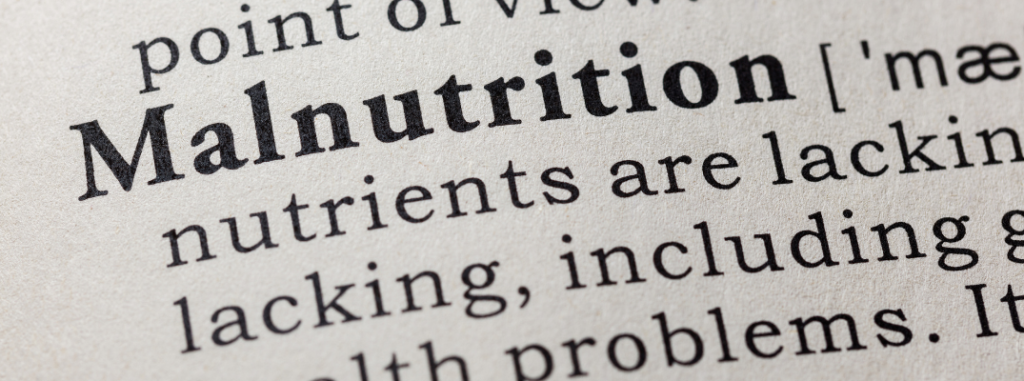World Hunger is on the rise due to increasing climate change. Nearly 100 million people across the world are in need of humanitarian food aid because of climate shocks that occurred last year – and a growing number of people are malnourished across the Pacific, a new United Nations report says.
Worldwide, the number of undernourished people has been rising since 2014, reaching 821 million last year – or one in nine people across the globe – the UN Food and Agriculture Organisation’s State of Food Security and Nutrition in the World report found.
The Pacific Islands Forum stated formally that climate change represented the “single greatest threat to the livelihoods, security and well-being of the peoples of the Pacific” – a declaration Australia ultimately signed but had spent much of the forum attempting to undermine.
Low- and middle-income countries were especially acutely affected by more frequent climate extremes and natural disasters. Africa remains the region where malnourishment is most common at 20.4% of the population. But “Oceania” – broadly synonymous with the Pacific region but excluding Australia and New Zealand – is the only region in the world where the rate of undernourishment has increased over the past 12 years, to 7%.
Nutrition in Pacific countries is very sensitive to climate extremes.
Worldwide, five of the 15 countries considered the most vulnerable to natural hazards are Pacific small island developing states. Vanuatu is ranked as the world’s most vulnerable.
Recurring climate shocks such as drought, delayed monsoons, tropical cyclones and floods – and with insufficient recovery time between disasters – have undermined food security across the Pacific, increased dependence on food aid, and weakened the nutrition of those who live there.
“In some Pacific small island developing states (Sids), the recurrence of climate shocks that impact on national/local food production, coupled with insufficient recovery time, undermines food security and nutrition in the longer term,” the FAO report said.
In 2015 Vanuatu was devastated by the category 5 Cyclone Pam, which destroyed reefs, fishing boats and food crops. This was followed by a severe El-Niño-induced drought that further exacerbated food insecurity and led to widespread water scarcity.
And in Papua New Guinea, 45% of children are stunted by malnutrition, and more than 15% are wasted, one of the highest rates in the world.
Oxfam Australia’s food, climate and humanitarian spokesman, Dr Simon Bradshaw, said the UN report found climate extremes “left 94.9 million people having to rely on humanitarian aid to feed themselves”.
“A hot world is a hungry world,” he said. “The cost of failing to act on climate change is being measured in devastating food crises, and more and more people going undernourished.”
Source: The Guardian

